
Maturation
Maturation should be measured in youth athletes to properly monitor their growth and well-being as athletes.
Fitness testing is used to measure an individual’s physical fitness and health status (e.g., athletes). When you measure an athlete’s physical fitness, you better understand their strengths and weaknesses.
Fitness tests may also be called fitness evaluations, fitness assessments, or performance assessments.

Maturation should be measured in youth athletes to properly monitor their growth and well-being as athletes.

The Vertec device is a simple-to-use, inexpensive, and portable device which can measure an athlete’s vertical jump height.
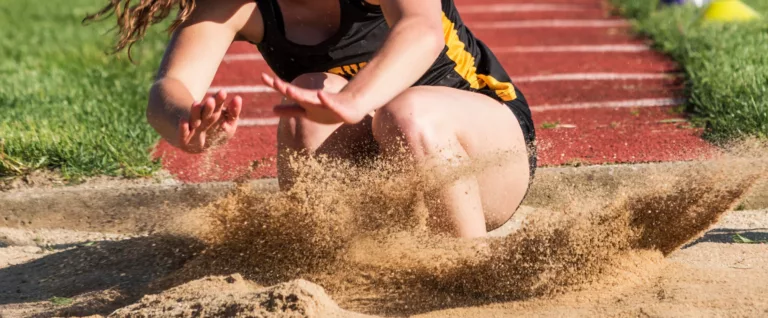
The Landing Error Scoring System (LESS) assesses jump-landing biomechanics and aims to identify athletes at risk of ACL injury.

Actively monitoring fatigue levels in athletes can provide the feedback needed to adjust training in order to improve overall performance.
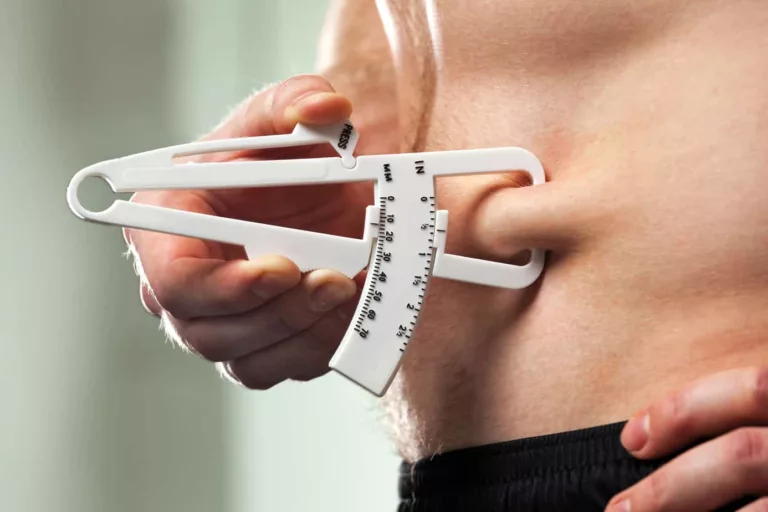
Changes in body composition can be determinants of successful performance, and there are several methods of body composition testing.

Bio-banding is the process of grouping athletes based on attributes associated with growth and maturation, rather than chronological age.

The squat jump is a simple, practical and very reliable measure of lower-body power, and is used widely by coaches and sports scientists.
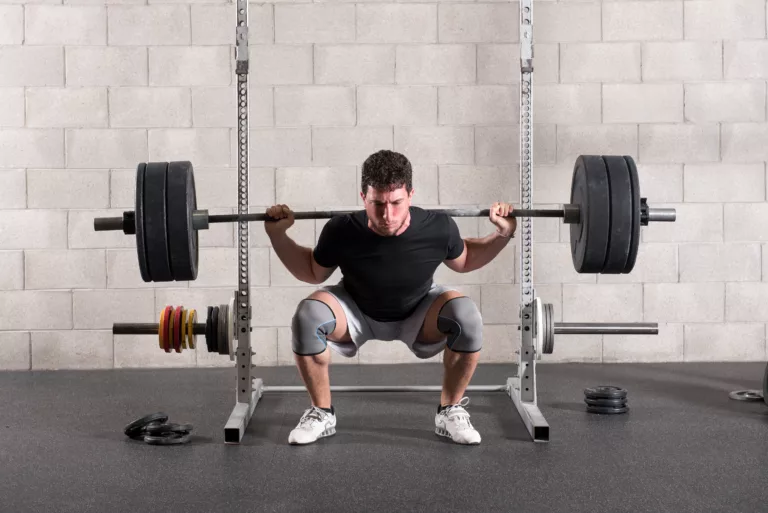
The dynamic strength index can show if an athlete requires maximal strength training, ballistic strength training, or concurrent training.
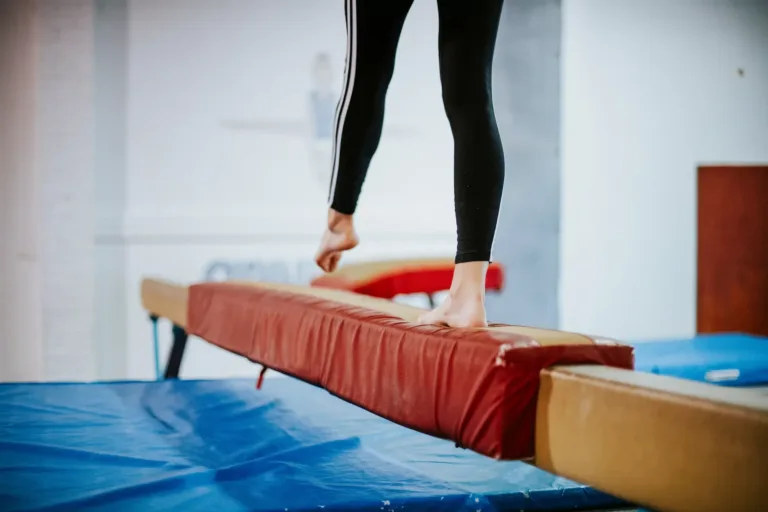
The Star Excursion Balance Test (SEBT) is a simple, but time intensive, test used to measure dynamic balance/dynamic postural control.
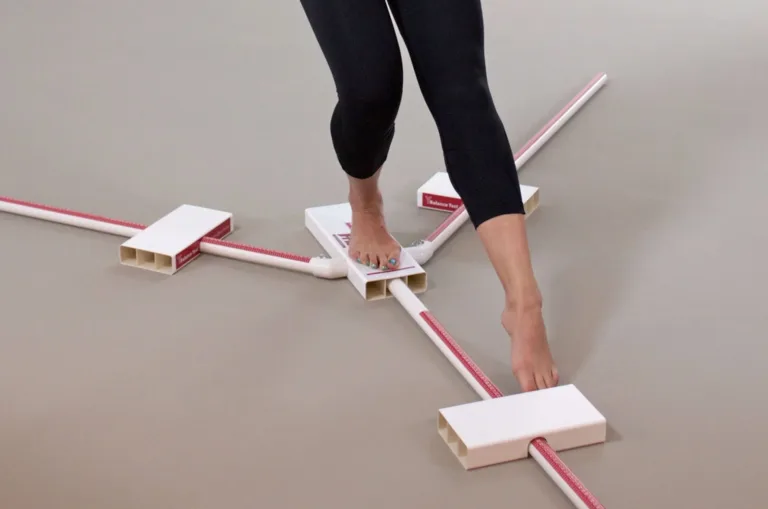
The Y Balance Test is a simple, reliable test used to measure dynamic balance and was developed to simplify the Star Excursion Balance Test.
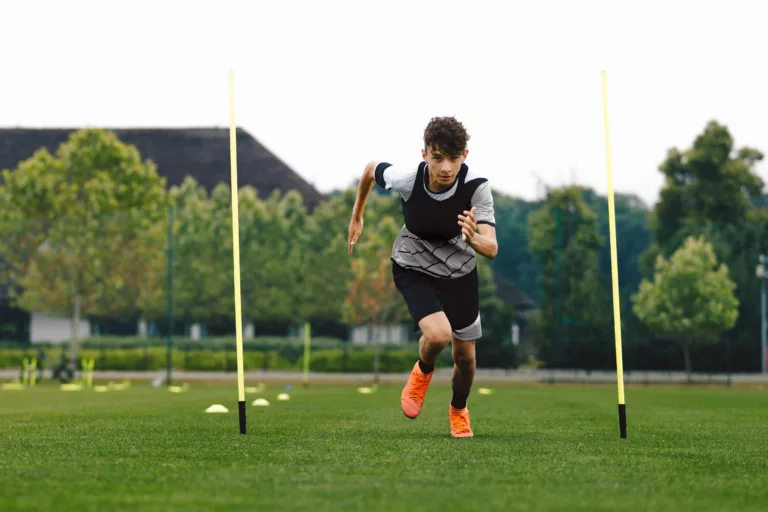
The 30-15 IFT measures aerobic and anaerobic capacity, change of direction qualities, and ability to recover during intermittent exercise.
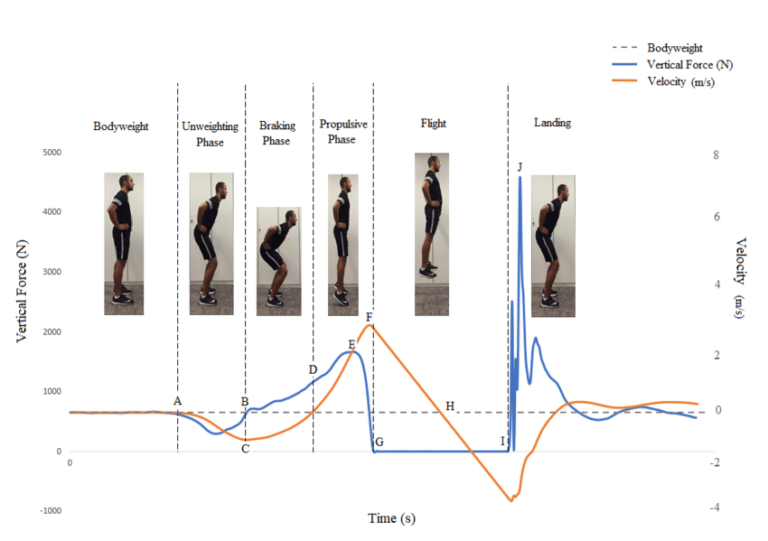
The countermovement jump (CMJ) is a simple, practical, valid, and very reliable measure of lower-body power.
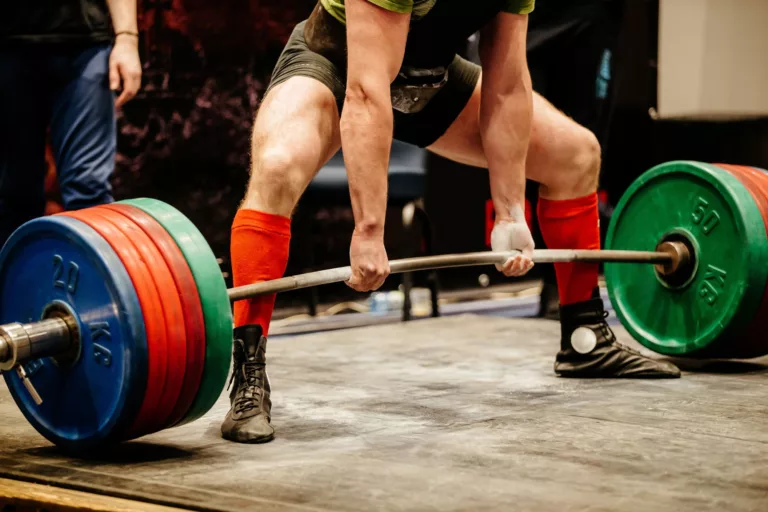
The 1RM test is often considered as the ‘gold standard’ for assessing the strength capacity of individuals in non-laboratory environments.
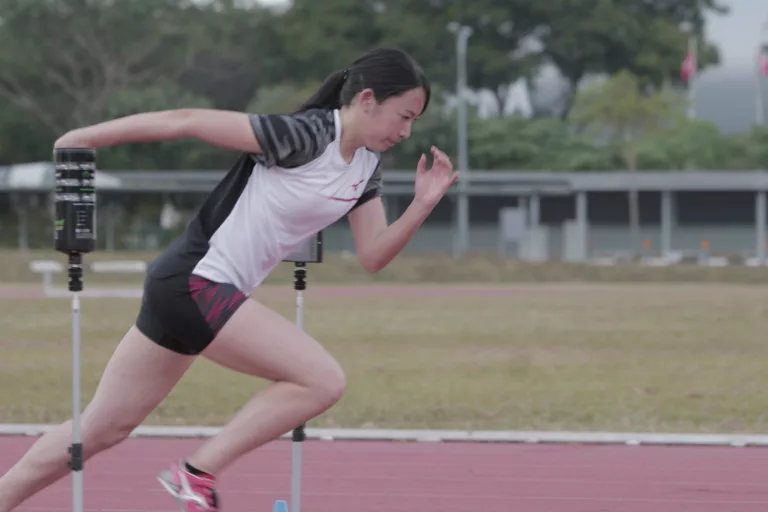
The Pro-Agility (5-10-5) Test is an extremely popular protocol, but there are several glaring issues with it.

The 5-0-5 Agility Test, a commonly recognised agility test, is actually a change of direction speed (CODs) test.

Learn from a world-class coach how you can improve your athletes' agility. This course also includes a practical coaching guide to help you to design and deliver your own fun and engaging agility sessions.
Get Instant Access